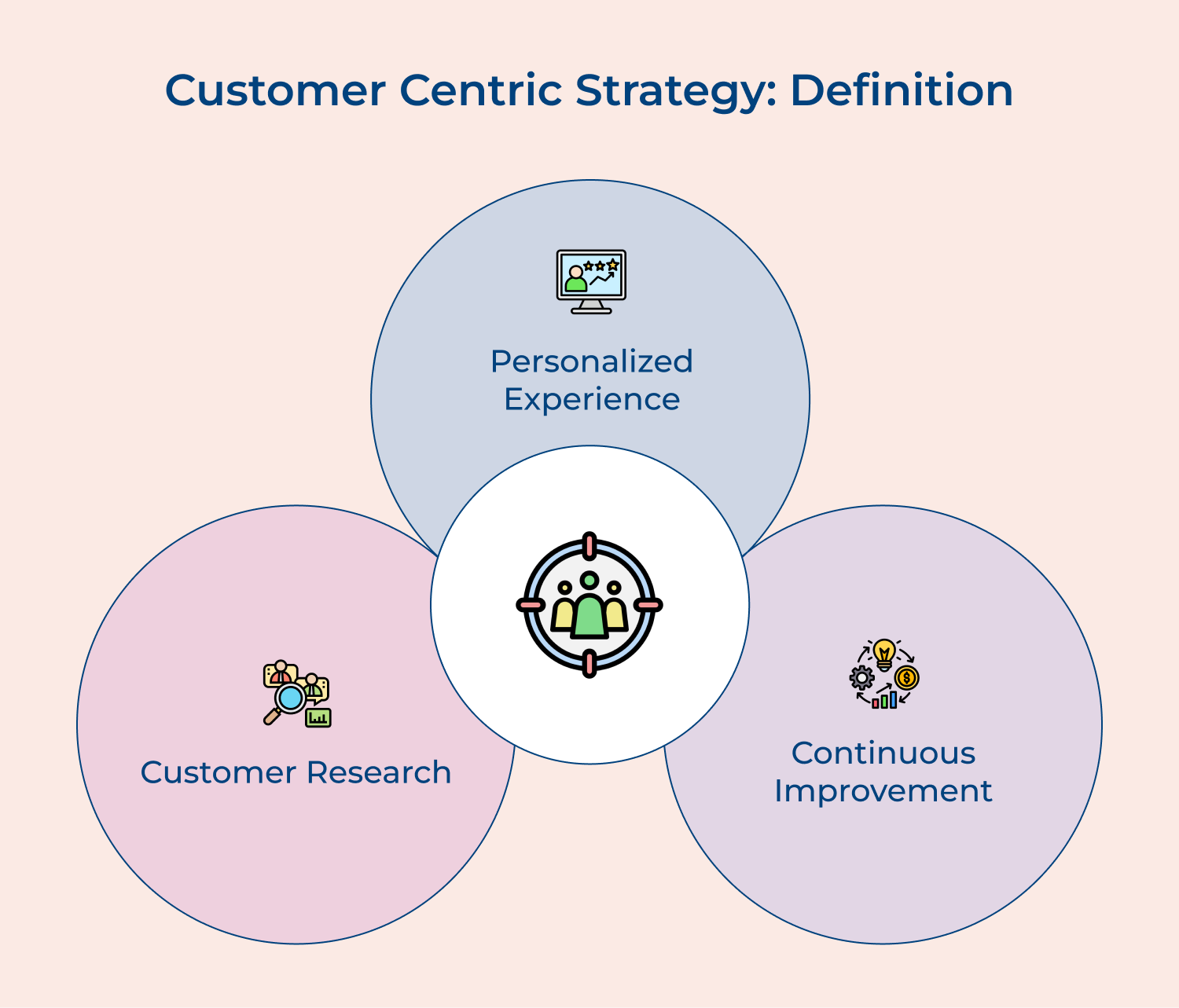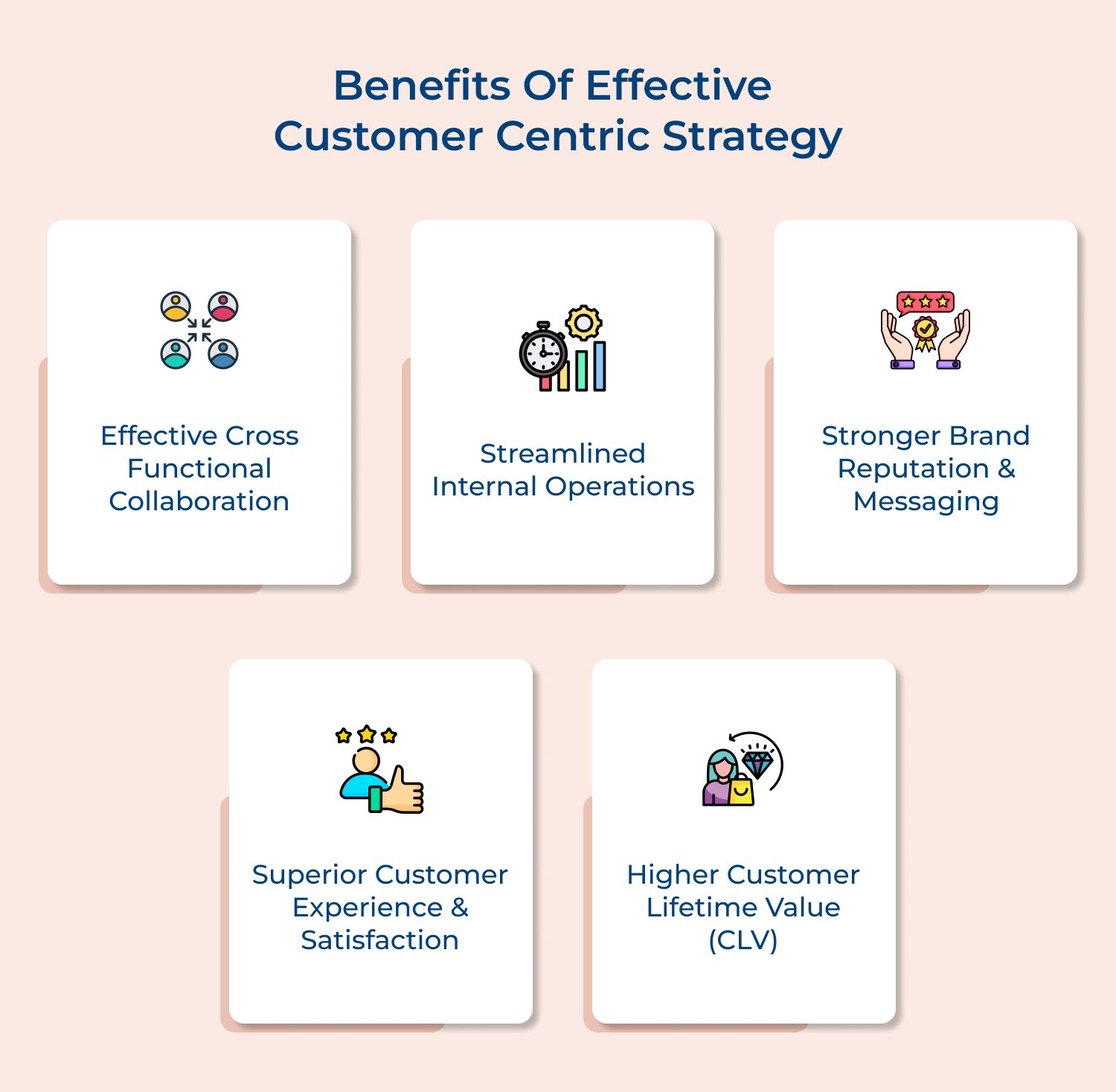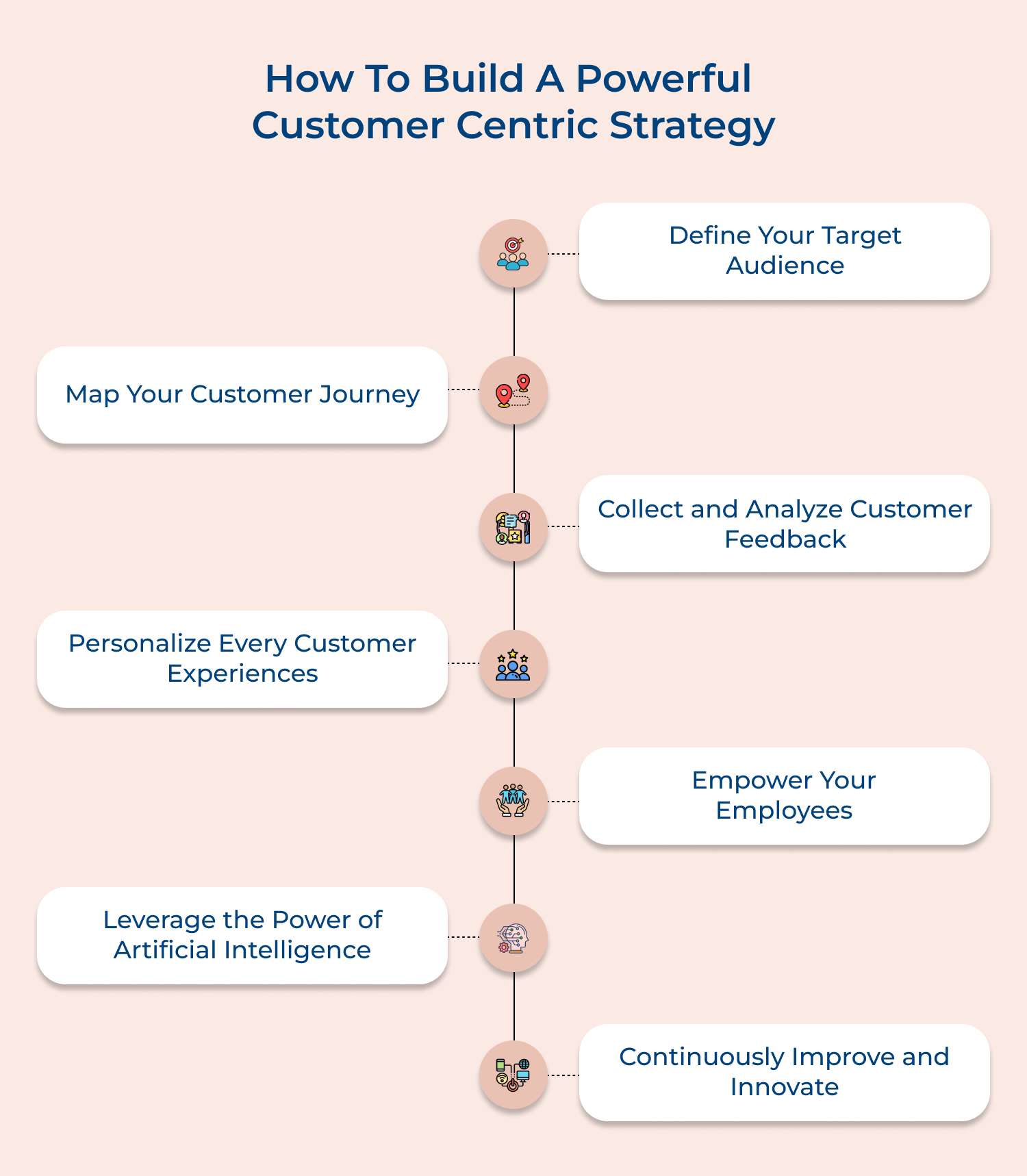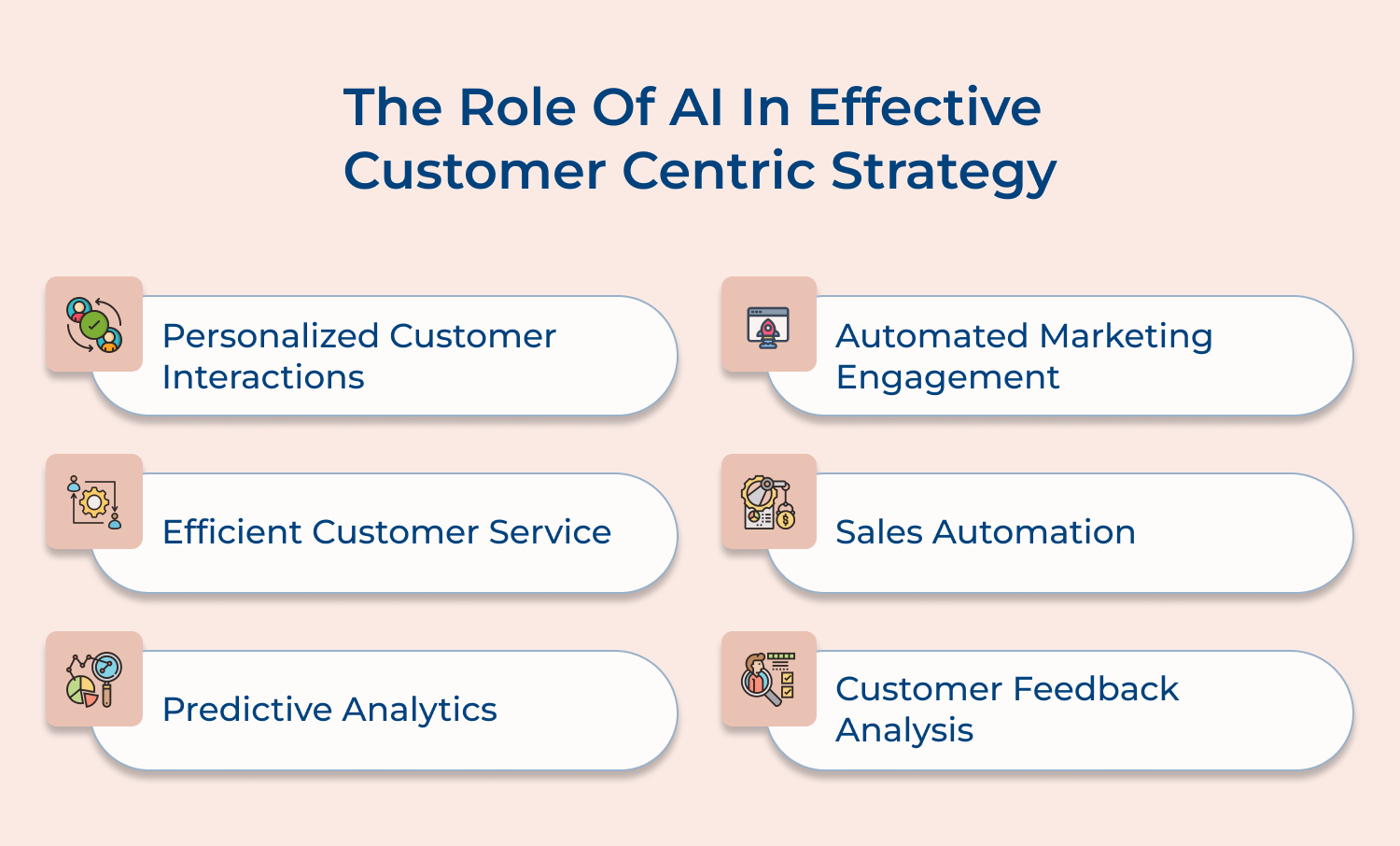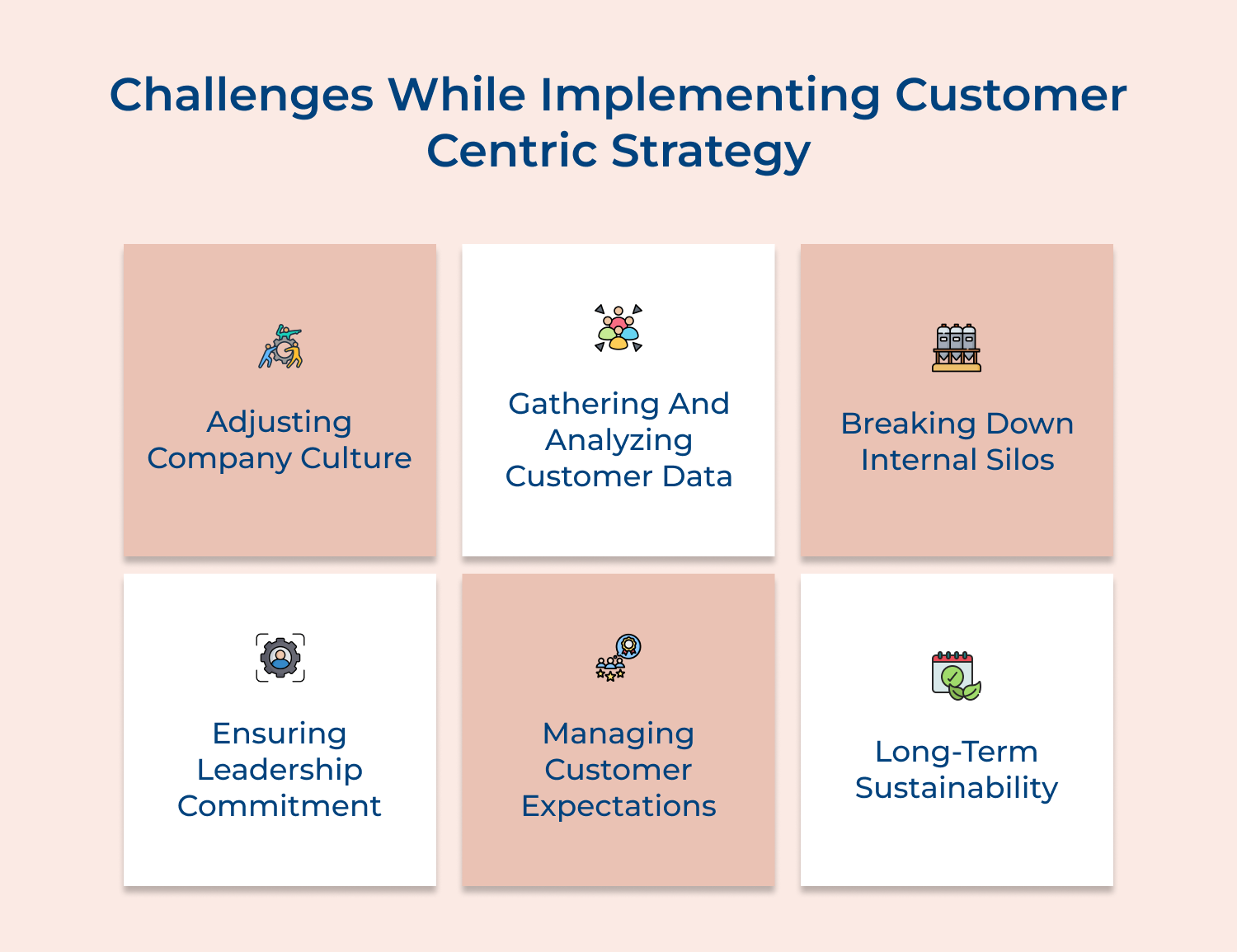1. Adjusting company culture: Shifting towards a customer-centric strategy requires a cultural change within the organization. Employees may resist the changes or struggle to align their mindset and behaviors with the customer’s needs.
2. Gathering and analyzing customer data: To truly understand customers, businesses need to collect vast amounts of data. However, ensuring data accuracy, privacy, and finding the right tools as well as methodologies to analyze the data can be challenging.
3. Breaking down internal silos: Customer-centricity requires departments to work together seamlessly. Overcoming silos and fostering collaboration can be difficult, especially in larger organizations with well-established hierarchies.
4. Ensuring leadership commitment: Implementing a customer-centric strategy requires strong leadership commitment. Leaders need to consistently communicate the vision, provide resources and drive cultural change throughout the organization.
5. Managing customer expectations: When a company decides to prioritize customers’ needs, it can create a higher level of expectation among customers themselves. Meeting these expectations consistently can be a challenge which requires resources and operational changes.
6. Long-term sustainability: Maintaining a customer-centric approach is not a one-time effort. It requires ongoing dedication, as customer preferences and market dynamics evolve over time.
5 Brand Examples of Successful Customer-Centric Strategy
Many businesses have leveraged a powerful customer-centric strategy. They are able to deliver an excellent CX. Let us take a look at a few examples of businesses and their strategies.
Starbucks
Starbucks has built its brand around creating a personalized and welcoming experience for its customers. They focus on creating a cozy atmosphere, offering a wide range of customized beverages, and listening to customer feedback. Moreover, their loyalty program rewards customers, offering incentives as well as exclusive perks, ensuring a strong connection between the brand.
Housing & Development Board (HDB)
HDB, Singapore’s public housing authority, has successfully implemented customer-centric strategies to meet the diverse needs of its residents. The board actively seeks feedback and incorporates it into its policies as well as planning processes. Through initiatives like the “Remaking Our Heartland” program, which revitalizes older housing estates based on residents’ aspirations, HDB ensures that its developments align with the changing needs and preferences of its customers.
Ogilvy
Ogilvy, a leading advertising and marketing agency, is dedicated to understanding their clients’ customers at a deep level. By conducting market research, trend analysis, as well as customer surveys, Ogilvy creates effective marketing campaigns that resonate with their target audience. They also provide personalized solutions and recommendations to help their clients address customer needs effectively.
Coca-Cola
Coca-Cola is a prime example of a brand that engages and connects with its customers through creative storytelling. They create emotionally-driven marketing campaigns that evoke feelings of happiness, togetherness, and celebration. Coca-Cola’s focus on building an emotional connection with its customers has been a key driver of their success.
Marriott International
Marriott International’s customer-centric approach focuses on anticipating guests’ needs and delivering personalized experiences. With their loyalty program, Marriott Bonvoy, guests receive tailored offers, exclusive benefits, and a seamless booking as well as check-in process. In addition, Marriott actively listens to customer feedback and uses it to continuously improve its services.
Drive Your Growth with an Effective Customer Centric Strategy Approach
A customer-centric strategy places clients at the core of all business decisions, transforming how organizations create value and build lasting relationships. By deeply understanding customer needs, companies can drive sustainable growth through increased loyalty, higher retention rates, and valuable word-of-mouth recommendations.
This approach requires genuine organizational commitment, from leadership vision to frontline implementation. When executed effectively, customer centricity becomes a powerful competitive advantage, allowing businesses to adapt quickly to market changes while maintaining relevance in an increasingly crowded marketplace, driving both revenue growth and long-term profitability.

